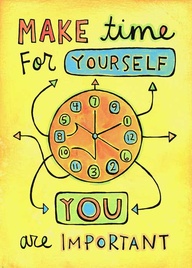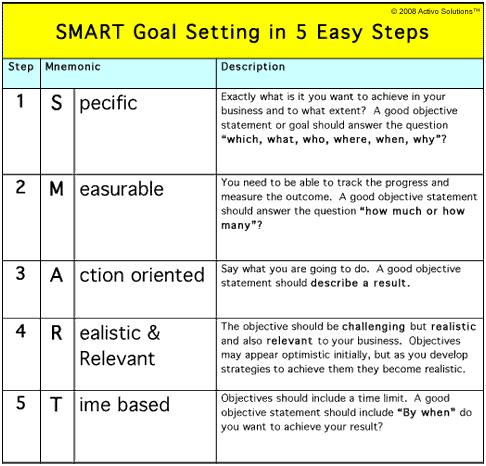
SOCIAL AUTOPSIES
A social autopsy is a problem-solving strategy designed to support social skills. Students with difficulties understanding social interactions can use a social autopsy as a way to analyze the social errors they made.
Examples of where social autopsies may be used include:
• Ignoring others’ greetings
• Asking a question in a class without raising hand
• Continuing to talk on the same topic
• Sneezing without covering own mouth
The steps include:
• Identify the error. The student describes to an instructor what happened and identifies what the error was. Identifying the correct emotions about the error can be difficult. The instructor helps the student understand the moment. In addition, the instructor teaches the unspoken rules that govern people’s behavior in a given setting.
• Identify the persons who were hurt by the error. Lack of theory of mind can be an obstruction in identifying others’ feelings or thoughts about the error. Teaching theory of mind may become a central aspect for this step.
• Decide how to correct the error. The student may need to observe the natural setting in which the desired behavior can happen. The instructor helps the student identify what other people do in the same situation and how the consequences can be different.
• Develop a plan that does not cause the error. Based on the identified way to alter the error, the student makes a plan and writes down in the worksheet what to do for the next time.
Remember the Autopsy is:
a supportive, structured, constructive strategy to foster social competence
a problem-solving technique
an opportunity for the child to participate actively in the process
conducted by any significant adult in the child’s environment (teacher, parent, bus driver)
conducted in a familiar, realistic, and natural setting
most effective when conducted immediately after the social error
It is not:
a punishment or scolding
an investigation to assign blame
controlled/conducted exclusively by an adult
a one-time “cure” for teaching the targeted social skill
Social Skills Autopsy By Rick Lavoie
Worksheets
Social Autopsy – School
Blank Social Autopsy Template
Three Other Variations include:
- SOCCSS (Situation, Options, Consequences, Choices, Strategies, Simulations) developed by Jan Roosa. Designed to help individuals understand social situations and interactions, SOCCSS is a step-by-step problem-solving process teaching that choices have consequences. It provides an individual with decision-making techniques, including questioning and choice making. SOCCSS is a perfect intervention to incorporate into a comprehensive program plan. Source
Example SOCCSS
SOCCSS Worksheet
Situations-Options-Consequences-Choices-Strategies-Simulation (2 sided)
2. Comic strip conversations: Also developed by Carol Gray. Visual symbols such as those found in cartoons often enhance social understanding, turning abstract and elusive events into something tangible that a person can reflect upon. This can help with theory of mind, and to understand the intent behind others actions. In comic strip conversations stick figures with speech and thought bubbles are drawn to illustrate the story while the child is talking. Colors from a color chart illustrate feelings e.g. green equals kind words and thoughts, and red equals mean words and thoughts. Source
Great in-depth PowerPoint
Comic Strip Conversations Manual
3. Social Behavior Mapping-Developed by Michelle Garcia Winner. Social Behavior mapping teaches a student how to Connecting Behavior, Emotions and Consequences Across the Day and is geared for use by parents and professionals to help those with social thinking challenges understand what behaviors are expected and unexpected in a way that makes sense to their way of thinking.
Social Behavior Map
Example 2
Social Behavior Map Template (Expected verses Unexpected Behavior)


Support Materials- Scaling Tools




![]()

























